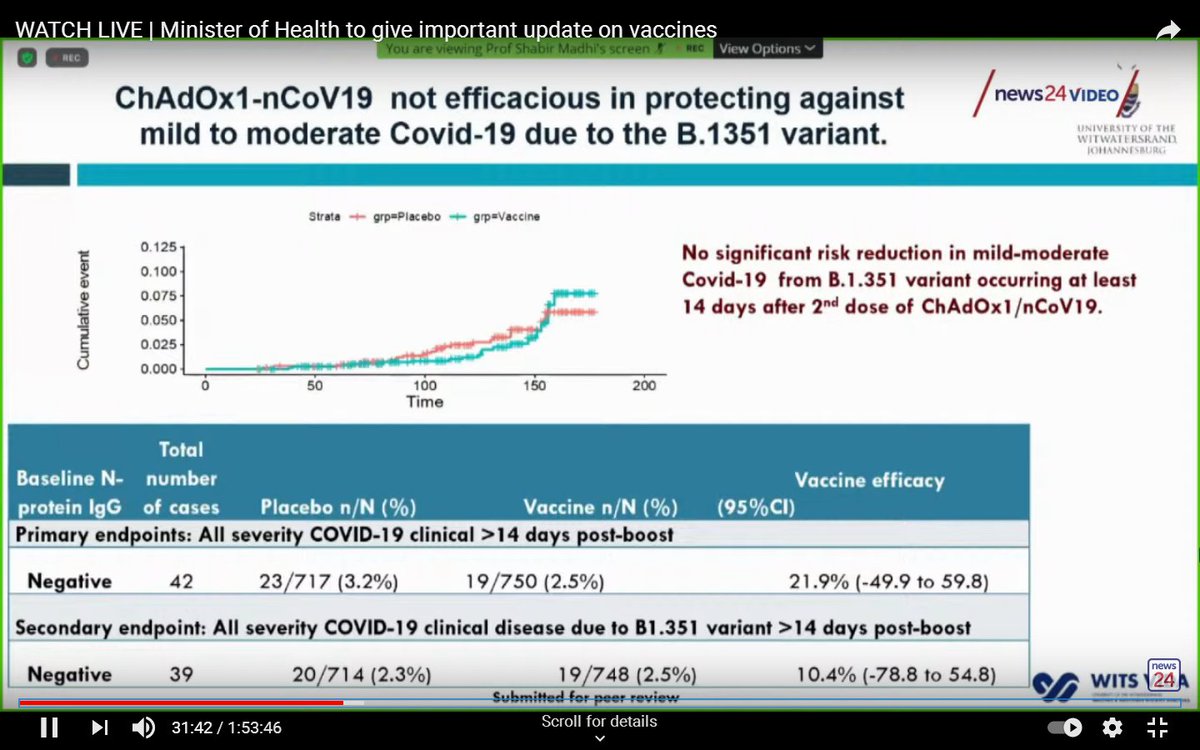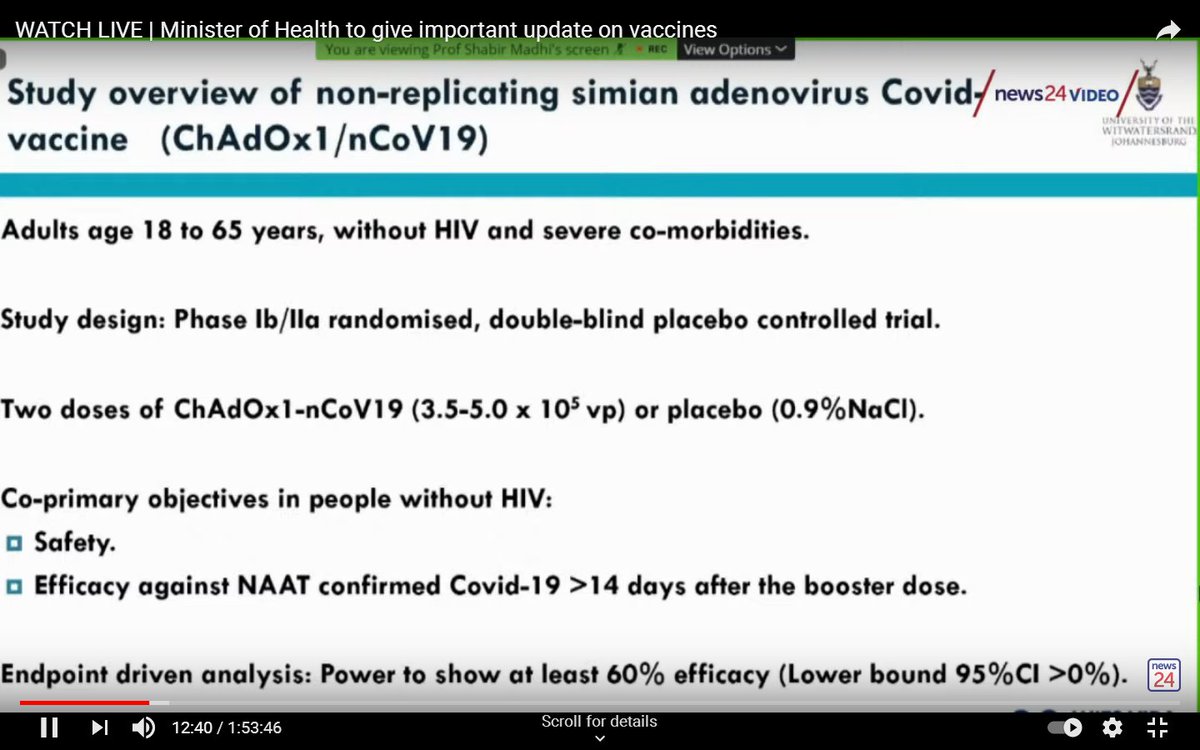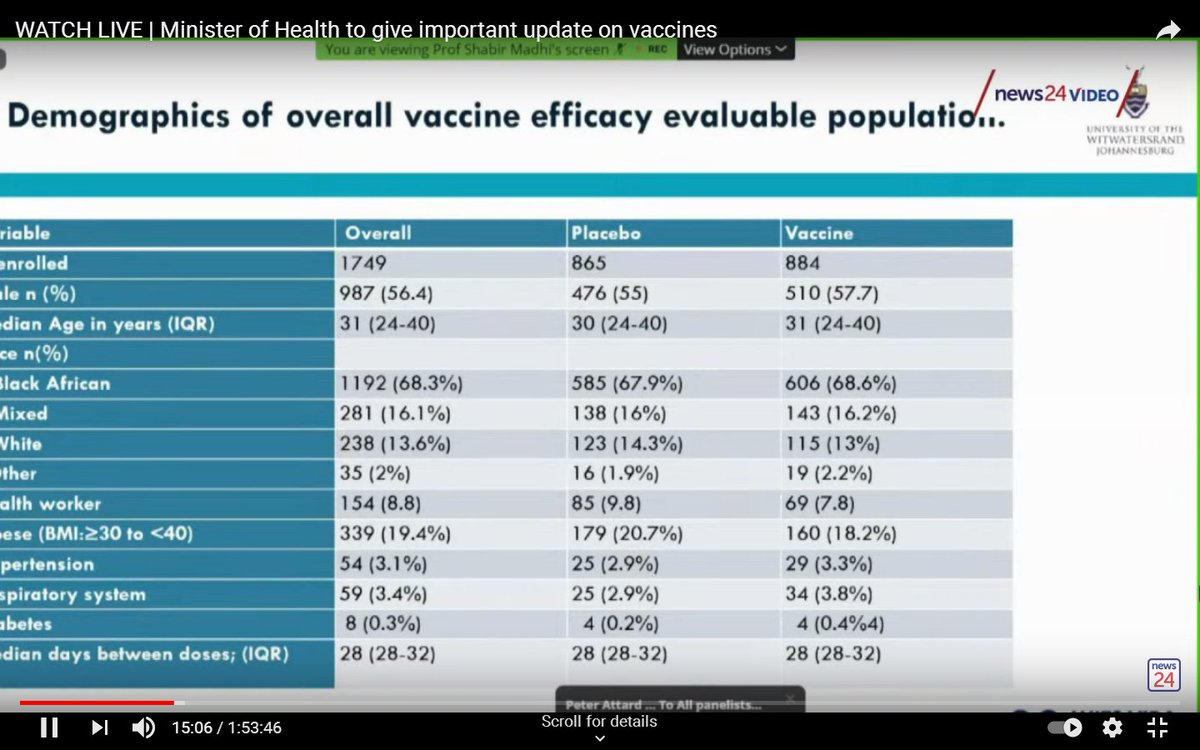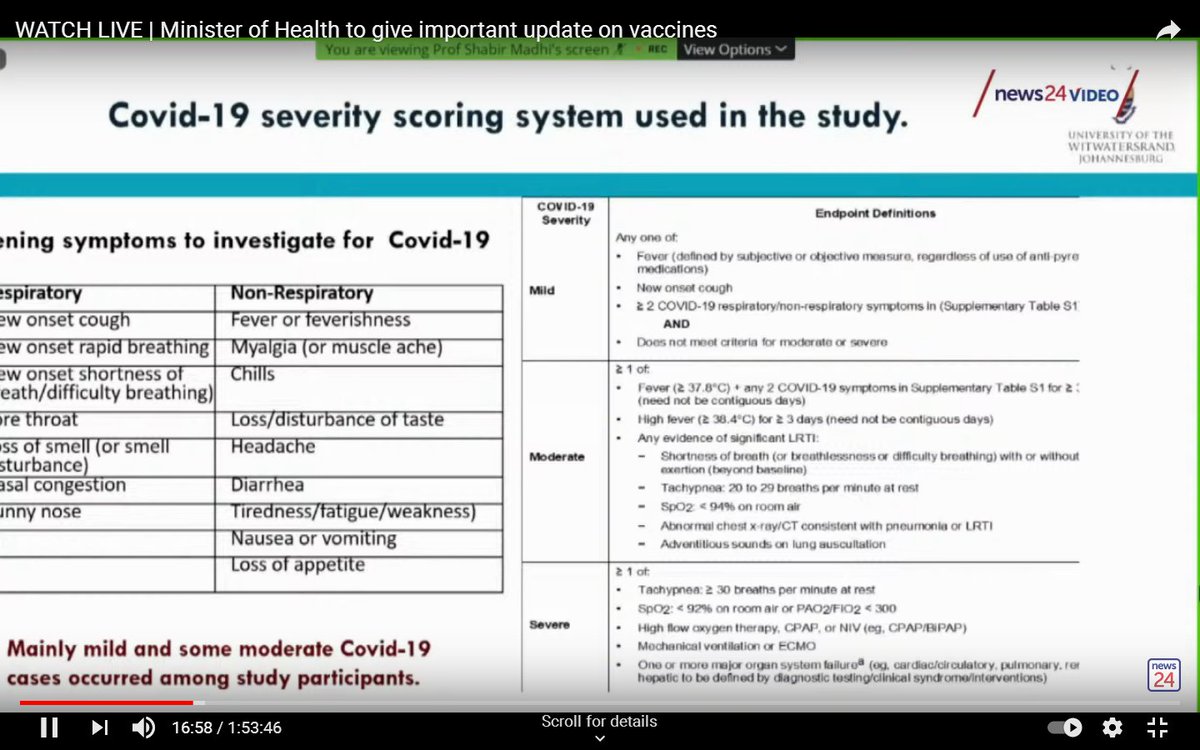
(1/5) Serious allegations have been made concerning a paper which suggested keeping schools open in Sweden was low risk.
It is alleged the authors deliberately left out data showing excess mortality rose by 68% in school-aged children.
Read on...
sciencemag.org/news/2021/03/c…
It is alleged the authors deliberately left out data showing excess mortality rose by 68% in school-aged children.
Read on...
sciencemag.org/news/2021/03/c…
(2/5) The main author of the original paper, Jonas Ludvigsson, is a signatory to the Great Barrington Declaration.
The Declaration suggests that the virus should be allowed to spread in people at low risk of dying from COVID-19, in order to build herd immunity.
The Declaration suggests that the virus should be allowed to spread in people at low risk of dying from COVID-19, in order to build herd immunity.
(3/5) The emails between Jonas Ludvigsson and Anders Tegnell (the architect of Sweden’s pandemic strategy) that the article refers to, appear to be these ones:
https://twitter.com/galinash/status/1367052448381210628?s=21
(4/5) The paper by Ludvigsson had previously been criticised by @lonnibesancon, @DavidSteadson, and @FLAHAULT, who rightly noted that it sidestepped the important issues of school outbreaks and household transmission.
https://twitter.com/lonnibesancon/status/1366433855025131523?s=21
(5/5) A more lengthy discussion of this controversy by @lonnibesancon can be found here:
https://twitter.com/lonnibesancon/status/1366892448732094465?s=21
• • •
Missing some Tweet in this thread? You can try to
force a refresh








